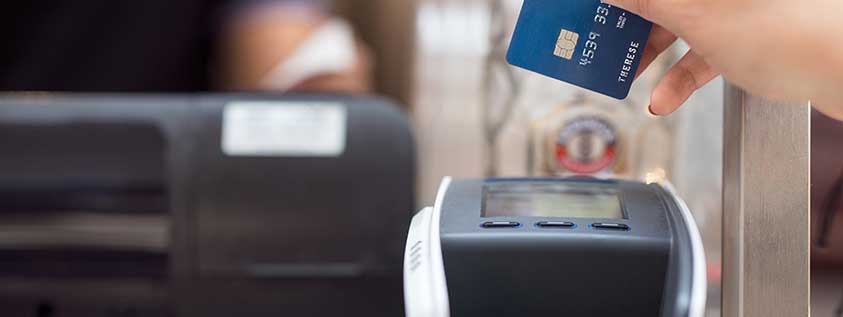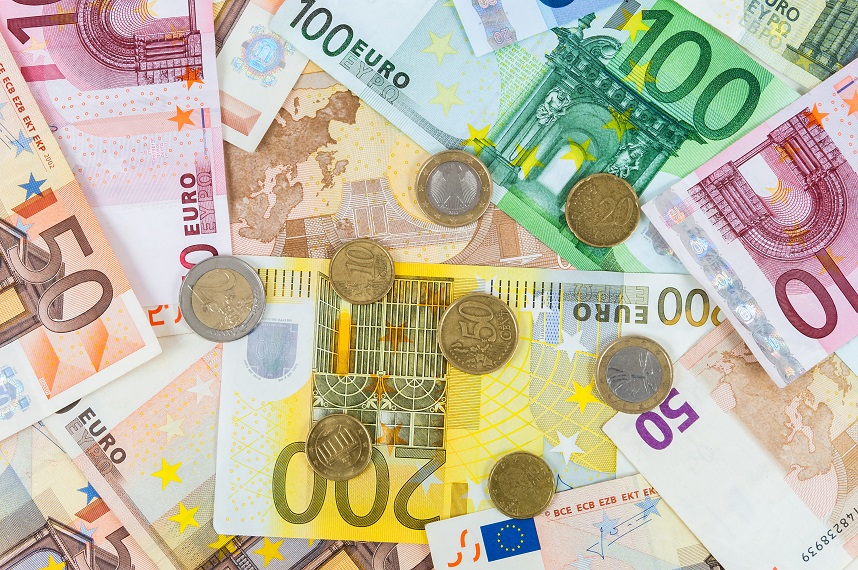Currency in Spain: Everything You Need to Know
Spain is a popular destination for travelers seeking to experience the country’s rich culture, food, and stunning beaches. If you’re planning a trip to Spain, one of the most important things to consider is how to manage your money while you’re there. In this guide, we’ll provide you with everything you need to know about Euro -the national currency in Spain-, currency exchange, and payment options in Spain. Read on!
Content
Understanding the Euro
The euro is the official currency of the European Union and is used by 19 out of the 27 EU member states. It was introduced on January 1, 2002, and replaced national currencies such as the French franc and German mark.
The euro is a highly stable and reliable currency, with a low inflation rate and a strong market presence. It is widely traded and is the second most traded currency in the world after the US dollar. The euro also provides many benefits to individuals and businesses in the eurozone, including the ability to easily travel and conduct commerce without the need to exchange currencies.
Characteristics of the Euro
Each euro is composed of 100 cents and is available in both coins and banknotes. When you’re planning your trip, it’s important to check the current exchange rate between your home currency and the euro to get an idea of how much money you’ll need.
Banknotes in Spain
Euro banknotes come in 5, 10, 20, 50, 100, 200, and 500 euro denominations. Although the 200 and 500 EUR notes are not widely used, they do exist. The most used banknotes are the 5, 10, 20, and 50 EUR denominations.
Coins in Spain
There are eight different coins euro coins which are 1 cent, 2 cents, 5 cents, 10 cents, 20 cents, 50 cents, 1 euro, and 2 euros.
Exchanging for EUR
There are several options for exchanging currency in Spain, including banks, exchange offices, and ATMs. It’s important to compare the exchange rates and fees before making any transactions. While banks may offer better rates, they may also charge higher fees. Exchange offices may offer better rates for cash transactions, but they may also charge commissions.
When you want to exchange currencies into the euro, look for the currency code EUR. Usually, the safest place for exchanging is an ATM machine (known in Spain as a “cajero automático“).
Exchange rate
Of course, money exchange rates fluctuate daily. Therefore, to get an accurate exchange rate we recommend using Google. Notice that when exchanging currency at an exchange service there may be some additional charges. However, these shouldn’t be more than 3%.
Using ATMs
Using ATMs is one of the most convenient ways to get euros while in Spain. However, it’s important to check with your bank before you leave to ensure that your card will work in Spain. Some banks charge fees for international transactions, so it’s important to check these fees and compare them to other options before making any withdrawals.
Cash vs. Card
Credit cards are widely accepted in Spain, especially in major cities and tourist areas. Visa and Mastercard are the most commonly accepted cards, but American Express is also accepted in some places. It’s important to check with your credit card company to see if they charge foreign transaction fees and what those fees are.
However, it’s also a good idea to have some cash on hand, especially for smaller purchases or in areas where credit card usage may be limited. It’s important to keep in mind that some places, such as markets or small shops, may only accept cash.
When should I use cash in Spain?
Credit and debit cards are commonly used in Spain. However, in small towns often cash is the only option. These towns may also not have a local ATM, so it is best to withdraw cash before you get there.
Next to this, smaller restaurants in the big cities sometimes also require you to pay with cash. In this case, they may not have a card system (similar to the towns) or a minimal fee of (5 to 10 euros) to spend if you want to use the card system.
In this way, it’s always a good idea to have some cash on hand when traveling in Spain.

History of the Spanish euro currency
The first coins in Spain were issued by the Roman Empire, and the modern Spanish peseta was introduced in 1869. In 2002, the euro replaced the “peseta” as the official currency of Spain.
The peseta was a decimal currency, with 100 centimos making up 1 peseta. In 2002, most of the European Union adopted the euro as their new currency including Spain. The euro replaced the peseta at a rate of 1 euro = 166.386 pesetas.
Positive effects of the euro currency in Spain
There are many positive aspects to the euro. It’s easier for travelers coming from the European Union because there’s no need to exchange money. Next to this, the euro has a more stable value than the peseta. The euro is also used in other countries, so Spanish businesses can easily export their products abroad.
Negative effects of the euro currency in Spain
Although there are many positive aspects to the euro, there are also negative ones. The biggest gripe Spanish people have about the euro is that prices have risen in most stores since 2002 when it became the official currency. Gasoline, clothing, hotels, and even public transportation costs are some of the most common examples.
A word from SublimeSpain
Managing your money while traveling can be stressful, but with a little bit of planning, it can be a breeze. By understanding the euro, comparing currency exchange options, and knowing your payment options, you’ll be able to enjoy your trip to Spain without any financial worries.
Disclaimer: Information on this page may be incomplete or outdated. Under no circumstances should the information listed be considered professional legal or financial advice. We highly recommend seeking guidance from a legal or financial expert if you lack extensive knowledge or experience dealing with any of the procedures outlined in these articles.






